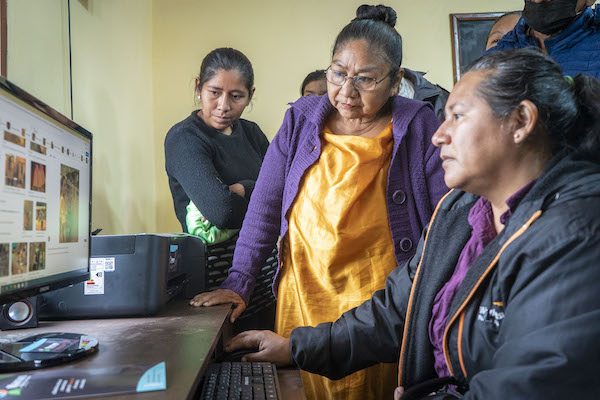What services does the community need? What are connectivity gaps?
After you understand the community, you need to think deeply about what services your community network can provide to the community. Some networks may only provide a few access points. Others may provide access through a “community hub” such as a school or library. Still others may provide direct connectivity to individual homes or businesses. Some networks simply provide connectivity, while others help local users create content or provide other development services.
Key Points
- The services and functions of a community network should directly align with what community members actually value and prioritize. Local input into this process is key.
- Beyond providing services, community networks can play valued social and economic roles within communities themselves.
- When new technologies are introduced, people adopt them at different paces, so uniform immediate adoption cannot be expected realistically.
- In discussions about connectivity, champions have a responsibility to cover both the risks as well as benefits of digital technologies and Internet access.
- The design of services and awareness messaging should accommodate community members with widely different abilities and literacy levels. Accessibility is important
Take Action

Identify the connectivity gaps in the community.

Develop a list of the potential functions, services, and roles for the community network.

Present, discuss, and document the potential services, functions, and roles that the community network could offer (including a list of priority services and connectivity areas).
Learn More
- Community Network Readiness Handbook sections on “The Function and Services of the Community Network”
Image copyrights:
© Chris Gregory, © Nyani Quarmyne, © Nyani Quarmyne, © Gustavo Castellanos Echazú
